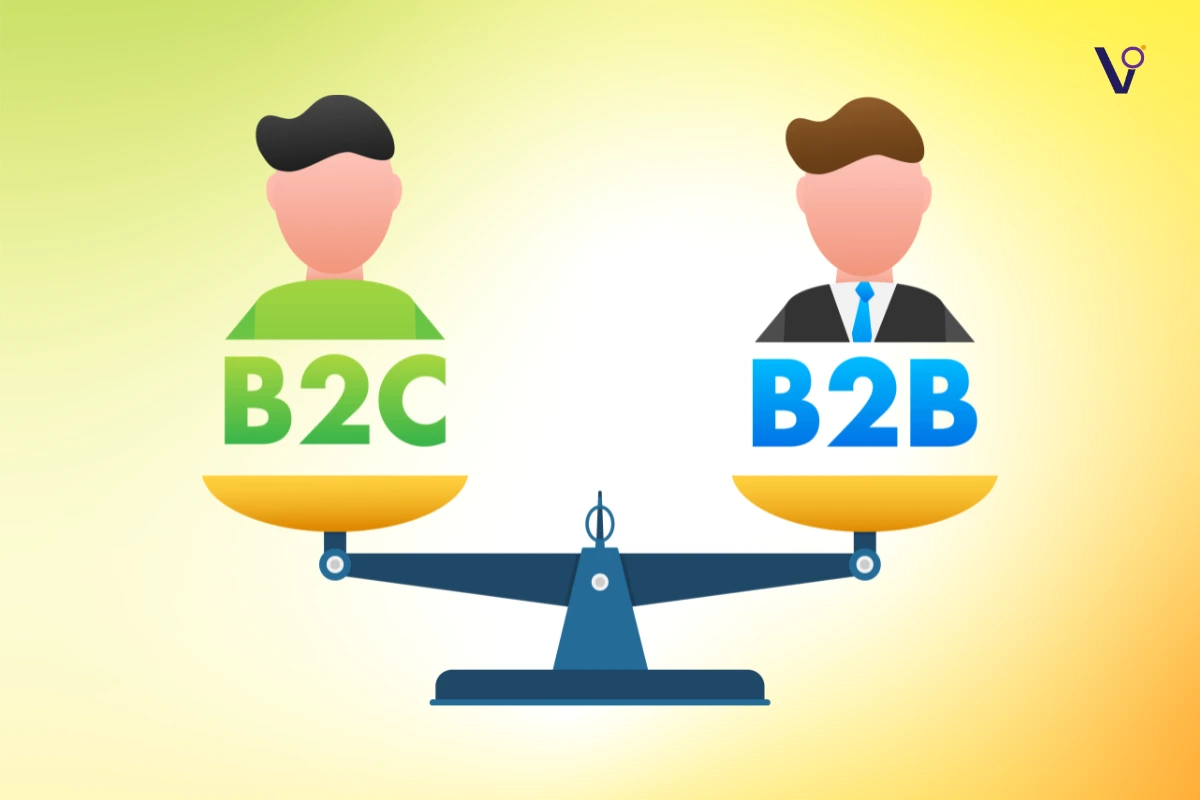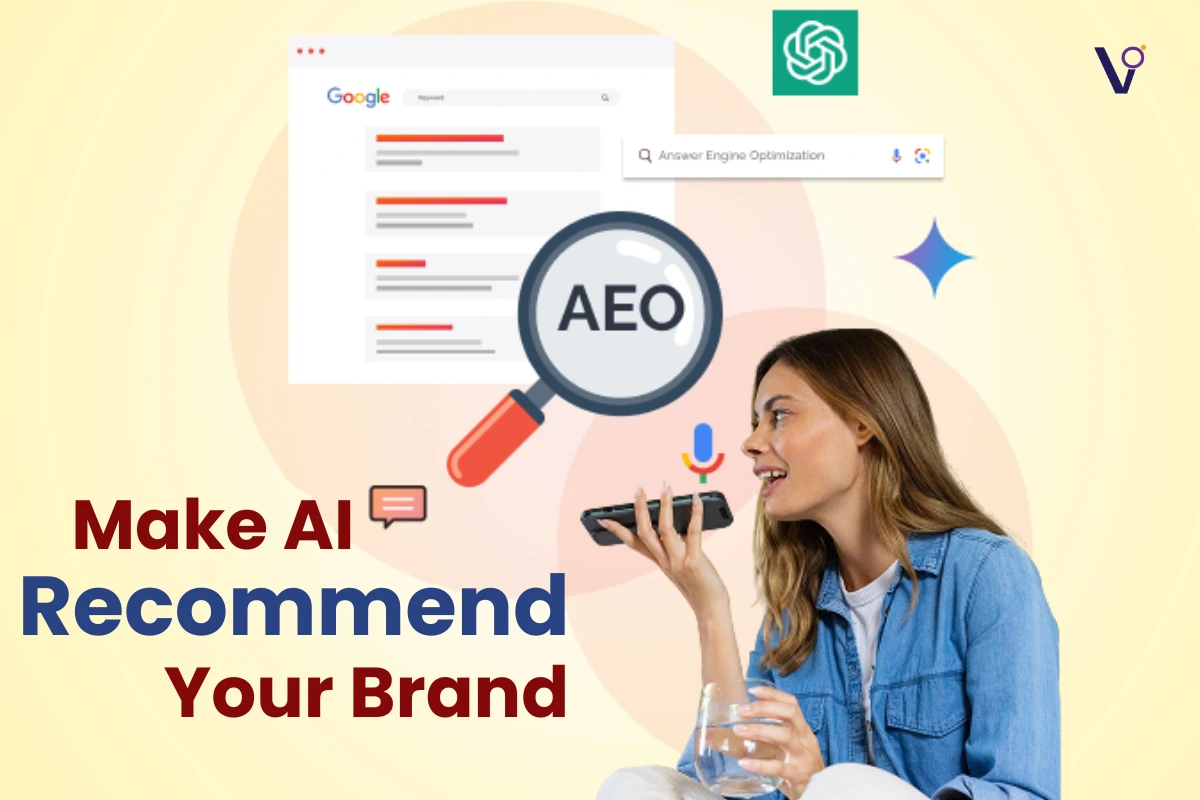When it comes to business models, it falls broadly into two categories: B2B and B2C. Those differences can be critical for the entrepreneur looking to scale up an operation. Each model has its share of challenges and rewards, and for most businesses, it’s in B2C that they are going to make all the big wins, particularly for those who want to accumulate wealth quickly. However, most successful firms begin with B2B models to reduce customer acquisition costs and move into B2C over time.
So, what are the key distinctions between B2B and B2C, and how can businesses apply some strategies from both models to grow? Let’s break down primary distinctions, look at some key statistics, and explore strategies for business growth.
The Sales Cycle: B2B vs. B2C
The most obvious distinction between them is the sales cycle.
B2B: A B2B setup would need to contact several stakeholders in the organization. Each decision-maker will have his or her own interest and priority. This process is much longer and more complex. It might take weeks or even months. Enterprise-level purchases or partnerships may involve several interactions in the form of meetings, proposals, and negotiations.
B2C: The other way around, B2C transactions are faster. In general, a consumer usually makes a decision after one transaction or a few touchpoints. These are mostly low-value purchases, below $600, and most often, customers are triggered by some impulse to buy, like getting a new phone or buying a cup of coffee from their favorite coffee shop.
Ticket Size and Frequency of Purchases
B2B businesses deal with larger ticket sizes and, in most cases, have higher-value contracts. Think of companies that sell enterprise software or manufacturing equipment. The deals are worth thousands or even millions of dollars and will take a much longer negotiation time.
B2B: In this scenario, the company may sell to the satisfaction of a long-term need; therefore, they can have only a few significant customers at any given time. Microsoft, take for example selling for months to a massive corporation. This results in significant sales but less often compared to the other model.
B2C: On the other hand, B2C companies are typically concerned with more frequent and smaller transactions. A consumer could buy something each day, for example, clothes, groceries, and others. Although individual transactions are lesser in value, the total volume is significantly greater. For example, Amazon is a typical example of a B2C business that derives tremendous revenues through sales, although individually the products are not extremely high-priced.

Who Benefits More: B2B vs. B2C
Although both models are highly profitable, the US market favors B2C businesses more significantly when it comes to wealth creation. It is found that 55% of the richest business people in the US operate a B2C company. Starting a business in B2C, however, may be a more challenging process since acquiring customers costs and competes.
On the other hand, B2B companies generally have a much more sustainable customer base and usually have a lower customer acquisition cost, or CAC. Since contracts tend to be longer, B2B companies worry less about losing customers, since businesses are less likely to change suppliers when they find a good one. The difficulty comes in making the sale. B2B salespeople spend weeks and sometimes months developing relationships. B2C is quicker and much more direct.
How to Scale Your Business Using B2B and B2C Insights
Scaling a business takes strategy, whether you’re starting with B2B or transitioning into B2C. Here’s a guide for entrepreneurs looking to implement strategies from both models and accelerate growth:
1. Start with B2B for Lower Acquisition Costs
For businesses that are just starting out, a B2B model is often the best way to minimize acquisition costs. By targeting other businesses as clients, the focus is on building long-term relationships rather than immediate sales.
2. Shift to B2C Once You’ve Built a Strong Foundation
Once you get established with your product and brand in the B2B market, you can then pivot to the B2C market for expansion. You will have perfected the strategy of acquiring customers; thus, you can work with higher volumes and more transaction frequency.
Consider Adobe and Microsoft, who first concentrated on businesses and then invaded the B2C market, selling products such as Adobe Photoshop and Microsoft Office to consumers.
3. Diversity of Revenue Streams by Integrating Both Models
One of the efficient ways to scale is to have both B2B and B2C models under the same umbrella. You don’t have to choose one; businesses like Amazon and Salesforce can do both.
Key Insights:
- Offer enterprise-level products and consumer-friendly solutions under the same umbrella.
- Tailor your marketing to each audience. B2B clients require relationship-based marketing, while B2C clients respond better to instant gratification and impulse-driven decisions.
Takeaways and Actionable Steps for Scaling Your Business
- Start Small with B2B: Begin by offering your products or services to other businesses. Build relationships, lower customer acquisition costs, and secure long-term contracts.
- Gradually expand to B2C: This is once the B2B foundation is solidified. Utilize it as a launchpad for moving into the B2C market. Mass marketing, branding, and consumer loyalty are levers that would drive growth.
It is only by understanding such differences and learning from businesses that have scaled both ways that entrepreneurs can craft a strategy that works best for them. Whether you are a small startup or a large corporation, balancing the dynamics of B2B and B2C can give you the competitive edge needed to grow your business.
One of the biggest B2B companies is Amazon, with a net worth over $1.5 trillion. Once a B2C-focused company, Amazon has evolved into the B2B arena to meet the increasing needs of business customers. Amazon Business is an online marketplace for business buyers to purchase a wide range of products in bulk with exclusive benefits, including bulk pricing, tax exemptions, and tailored purchasing options. This program has become one of India’s biggest opportunities for sellers to connect with businesses across the country. Amazon thus caters to B2C as well as B2B markets and shows how the company adapts well to any kind of business environment and thrives under it.
At Viral Omega, we have an approach to make your brand noticed by customers, build a relationship, and help it sell more. Using our services, the businesses will increase 20% per annum. Reach out now so we can discuss your path to a viral journey.
B2B (business to business) refers to companies selling products or services to other businesses. Examples include Salesforce. B2C (Business to Consumer) involves businesses selling directly to consumers, like Zara or Zomato.
E-commerce plays a significant role in both B2B and B2C, providing an online platform for businesses to sell products and services to other businesses or directly to consumers, increasing convenience, efficiency, and market reach.
Apple is B2C, selling products like iPhones, laptops, and services directly to individual consumers through its retail stores and website.



